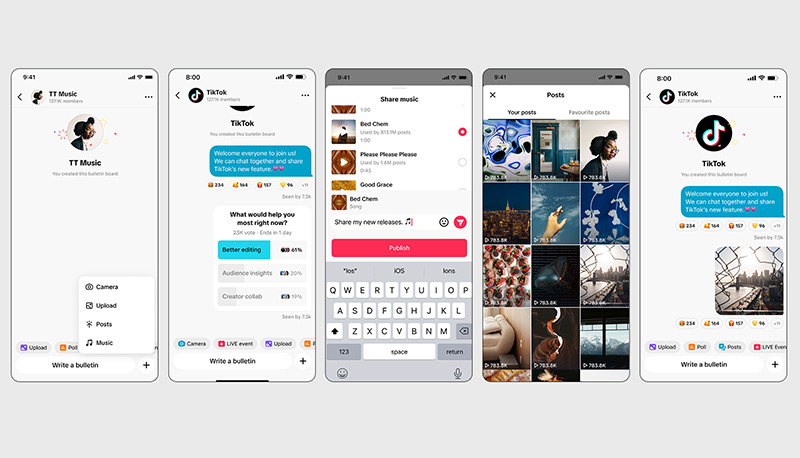
Social media platforms are always at war, each one trying to outpace the others at any given moment.
For years, user numbers and engagement have been the loudest metrics they parade around — the kind they use to prove dominance, relevance, or sheer cultural pull. But the real battlefield isn’t just growth; it’s retention.
Gaining users is one thing. The hardest would be keeping them inside the app, convincing them to stay a little longer, scroll a little deeper, return a little more often.
That, is the holy grail.
Retention is the quiet war, the part no one sees but every platform desperately fights for, because without it, even the biggest numbers start to fade.
This is why social media platforms are known to "borrow" their rivals’ features, just to ensure users don’t feel tempted to wander off, keeping them entertained, satisfied, and firmly locked into their ecosystem.
When TikTok was first introduced, it changed the entire rhythm of social media, and everyone scrambled to imitate it. From rivals copying its vertical short-form videos, algorithmic discovery feeds, looping clips, built-in editing tools with music, duet/stitch-style collaboration, short-video creator funds, in-app reaction videos, and full-screen, swipe-driven interfaces, the list just goes on.
But that doesn't mean TikTok has it all, and that it refrains from copying others too.
This is because TikTok has just released a feature called 'Bulletin Board,' which is literally a carbon copy of Instagram's Broadcast feature.

In a dedicated support page, TikTok said that:
Bulletin Board is a one-to-many messaging space that lets creators send text, images, or videos directly to followers, while those followers can respond only with emoji reactions. What this means, only the bulletin board owner can post, eliminating the noise of a group chat while still creating a sense of direct connection.
The mechanics are designed for intimacy without chaos.
Followers receive notifications for every post, turning the bulletin board into a streamlined broadcast line. It’s a format Instagram proved works, and TikTok isn’t pretending otherwise.
In a landscape where attention is both currency and weapon, TikTok’s move signals a clear intention: keep creators close, and keep their audiences even closer.
The feature itself doesn’t arrive out of nowhere.
TikTok was seen testing bulletin boards as far back as June, and early trials showed how brands, musicians, and publishers could use the tool to share exclusive content and timely updates.
For example, artists sent out new releases and encouraged pre-saves, while outlets used the space to deliver news straight to fans.
Now that the rollout is widening, creators who are at least 18 and have 50,000 followers can start their own bulletin boards from the app’s inbox section, choosing whether to show it on their profile and giving it a custom name.

For TikTok, the rationale is obvious.
Social platforms have long relied on user numbers and engagement as their loudest bragging points, but retention is the real battleground.
Keeping creators invested, and giving them tools to hold onto their most dedicated fans, is far more valuable than simply chasing raw growth.
By offering a simplified, DM-like channel for exclusive updates, TikTok is betting that creators will feel more anchored to the platform, and that followers will grow more attached to the people they follow.
What matters is speed and execution, and making sure no creator feels like they’re missing out by staying loyal to one platform.
TikTok also emphasizes that bulletin board content must follow its Community Guidelines, with the usual safety tools for muting, blocking, and reporting baked in. That’s a necessary reminder as the company continues to face scrutiny over moderation and platform safety. Even so, the timing of this rollout hints at a broader strategy.
With competitive pressure rising from Instagram, YouTube Shorts, and new entrants eager to siphon creator attention, TikTok is reinforcing its ecosystem with features that strengthen creator-follower relationships.
In a digital landscape where platforms routinely "borrow" from one another to avoid falling behind, TikTok’s bulletin board is the latest reminder that survival depends on more than just innovation.
